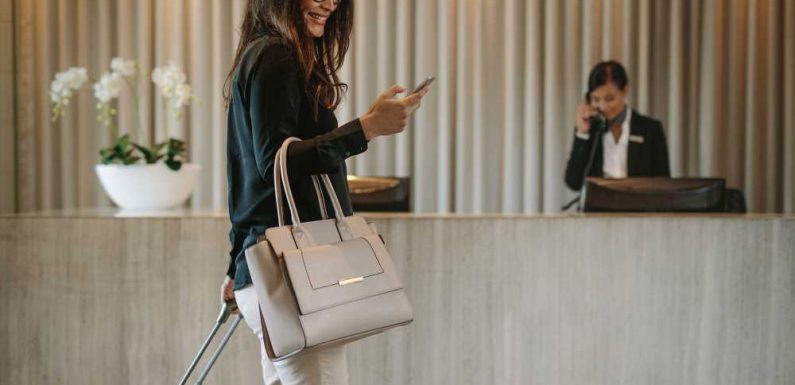
Top-line metrics showed a rosier picture for U.S. hotel industry recovery than an inflation-adjusted reality, according to STR, but there’s little downside for hotels for 2022, no matter how you look at the numbers.
STR now expects nominal revenue per available room (RevPAR), which is not adjusted for inflation, to surpass pre-pandemic levels this year. Previously, the firm predicted nominal RevPAR would catch up to 2019 levels in 2023.
As has been the pattern in the past year, room rate — rather than occupancy — is accelerating the RevPAR recovery.
The hospitality industry data firm predicted average daily rate will track $14 higher than 2019 levels by the end of 2022. That’s $11 more than what the firm predicted in January, and a number that STR president Amanda Hite called “pretty conservative” when presenting the data at the NYU International Hospitality Industry Investment Conference this week.
“You can bank on that number,” said Hite, “just based on what we’ve in the first five months of 2022.”
When adjusted for inflation, full ADR and RevPAR recovery are not projected until 2024 — a technicality that likely concerns hotel owners and investors more than it does corporate travel buyers or anyone managing corporate travel budgets and negotiations into the foreseeable future.
Many city hotels continue to struggle
STR data predicted lingering asymmetry in the overall industry recovery, both in the firm’s Top 25 Markets but also — and especially — in STR’s Central Business District submarkets, which could be a key detail for business travel buyers.
Hite highlighted 41% of all U.S. hotels are achieving pre-Covid ADR levels on an inflation-adjusted basis, while 17% of hotels in the country still have negative ADR growth compared to 2019 and are operating as a drag on ADR for the overall industry.
Per submarket, Central Business District hotels are the laggards in terms of recovery, with “real” RevPAR not expected to return to pre-Covid levels until after 2024. Most CBDs rely on active business travel, which the industry tracks as weekday traffic and which has shown the weakest recovery to date but is now showing signs of life, according to Hite.
“The area where we have the biggest gap to our 2019 performance levels is weekday demand,” she said. “We have seen in the last few months business travel start to pick up, so our index to 2019 performance for year-to-date this year is at 90 … that is representative of business travel and group demand starting to come back.”
STR’s Top 25 Markets have also shown slower recovery than the whole. As a unit, they are not expected to achieve real RevPAR recovery to 2019 levels until 2024. That said, markets like Nashville and Tampa have surpassed that goal, and five other markets in STR’s Top 25 have achieved pre-pandemic performance levels, while hardest hit cities like San Francisco and San Jose continue to struggle.
Recovery is strongest for hotels outside these subsegments — in more suburban and remote areas like Maine and the Florida Keys, which Hite singled out as the highest performers. By chain segment, Hite also noted economy hotels had outperformed with “a ton of growth” in both RevPAR and ADR.
Rise of the bleisure trip
Hite and a number of CEOs speaking at the NYU conference remarked on a significant shift in travel patterns since the pandemic, driven largely by remote workers.
Hite noted the strong recovery of Thursday and Sunday travel, which she characterized as “spillover” travel from “bleisure” or “workation” trips that now span across the weekend and into what are traditionally considered “business travel” days.
Hotel executives noted the same shift. “Thursday and Sunday used to be the redheaded stepchildren, but now they are coming back faster than Monday, Tuesday and Wednesday,” said Marriott CEO Tony Capuano. He predicted it was more than a trend and represented a durable paradigm that would demand new models from hoteliers.
“That blended purpose [trip] — I think it is here to stay way beyond the pandemic. But someone combining biz and leisure travel have different and evolving expectations during their stay about wellness opportunities and food and beverage programming. That’s good news for our business but we have to be deliberate about how we evolve our model.”
Source: Business Travel News
Source: Read Full Article









